
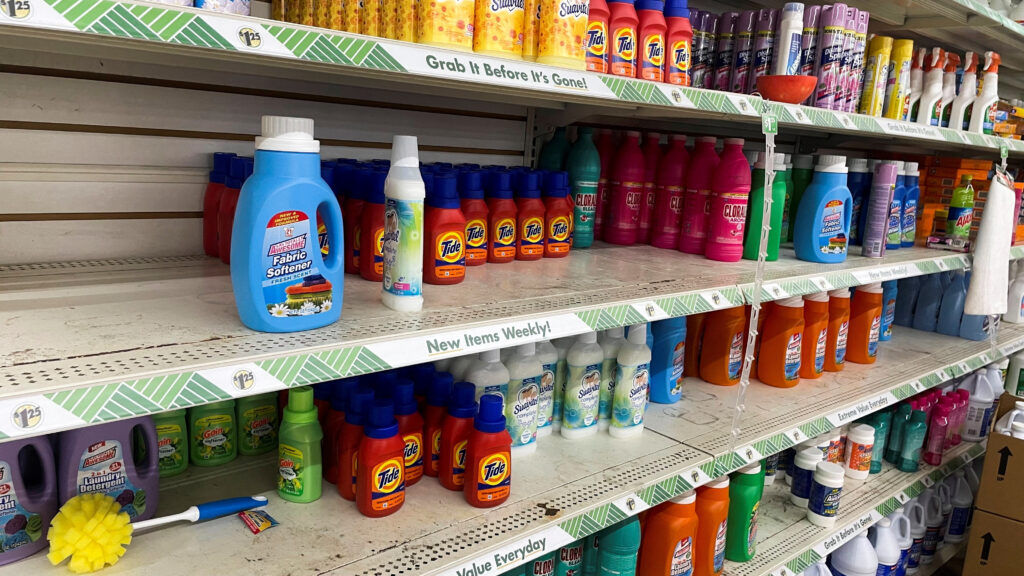
(Reuters)
US President Donald Trump is getting his tariffs. Companies are making it clear how they intend to deal with it, passing it on to American consumers.
Throughout the spring, big retailers and consumer product makers warned that levies on imported goods would squeeze their operations, forcing them to choose between lower earnings and passing on higher costs to customers.
In the case of Procter & Gamble and others, it is both of those things.
On Tuesday (July 29), the packaging giant, which makes household basics spanning from Bounty paper towels to Tide detergent, issued a sour outlook for 2025 and sent a message to big retailers like Walmart that it would have to raise prices on some US goods from next week.
This challenge facing companies in the coming quarters will likely feed through to everyday consumers. P&G said it would raise prices on about a quarter of its products in the US to help offset the cost of new tariffs.
Price hikes are in the mid-single digits across categories, a spokesperson for the company said.
While US stock indexes have soared to record highs this year, built on massive investment in technology shares, many consumer bellwethers have struggled.
Since Trump’s April 2 ‘Liberation Day’ tariff announcements, P&G shares have declined 19 per cent; Nestle is down 20 per cent; Kimberly-Clark has lost 11 per cent, and PepsiCo is off nearly seven per cent, while the benchmark S&P 500 stock index has gained more than 13 per cent.

Consumer goods, food and drink companies have struggled with lacklustre sales since the pandemic, as shoppers have baulked at increasingly expensive name-brand packaged food. Nestle said last week that consumers in North America remained wary of paying more at the cash register.
More price hikes will deepen investor worries about how big brands are navigating the combined challenge of thrifty consumers and hefty costs created by Trump’s trade war.
“You’re going to see companies like Walmart, Amazon, and Best Buy forced to pass price increases to consumers,” said Bill George, former chairman and CEO of Medtronic and executive education fellow at Harvard Business School.
“Main Street has yet to see the fallout from increased tariffs – and they’re going to go higher.”
Between July 16 and 25, companies in the Reuters global tariff tracker said they expected to lose a combined US$7.1 billion to US$8.3 billion for the full year.
GM, Ford and other carmakers have absorbed the cost of tariffs, totalling billions of dollars, so far.
Many companies shipped more goods and raw materials into the US before tariffs hit. Economists and analysts reckon that hoarding has helped delay hiking prices until later in the year and explains why tariffs have not yet shown up in US inflation data.
Andrew Wilson, International Chamber of Commerce deputy secretary general, estimates inflation will be felt once companies have run down inventory, but that might not be until the fourth quarter or first quarter of next year.
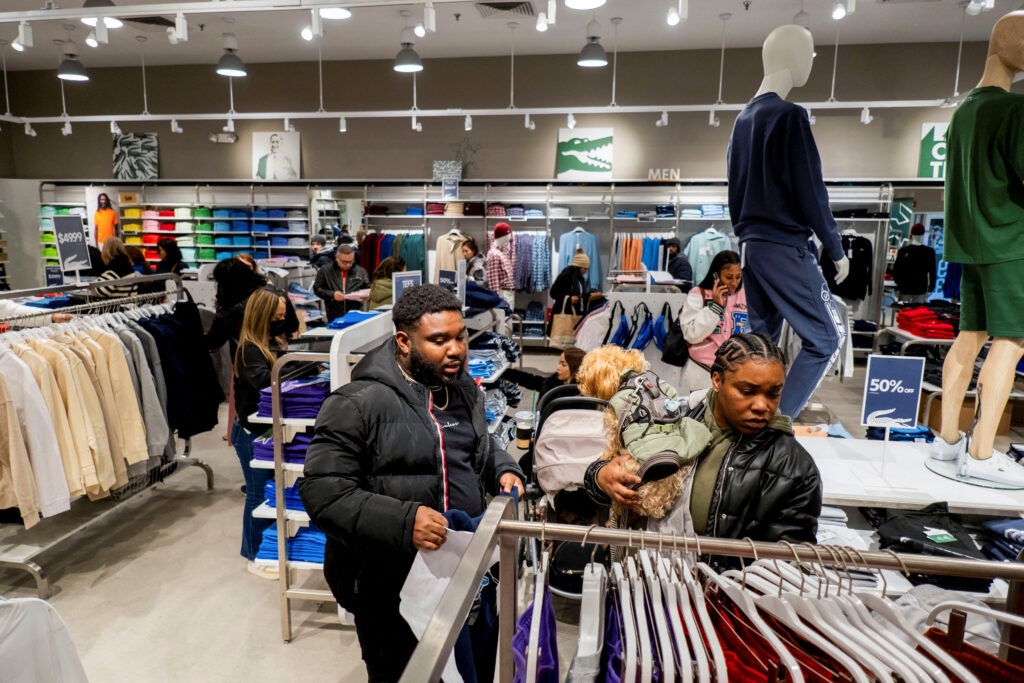
Others like Ray Ban-maker EssilorLuxottica have already hiked prices.
Swiss watch and jewellery maker Swatch increased prices by about five per cent after Trump announced tariffs in April with “zero impact” on sales, CEO Nick Hayek told Reuters recently.
High-end brands like Tissot watches are less price sensitive to increases. Customers wanting to splash out on an expensive watch might also buy abroad when travelling, where taxes are lower, he said.
“You cannot do this with cars. You cannot do this with machines. But you can do this with watches. So it’s not so problematic for us,” he said.

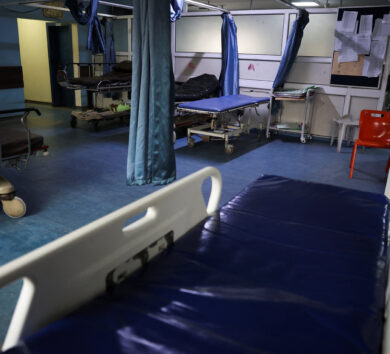
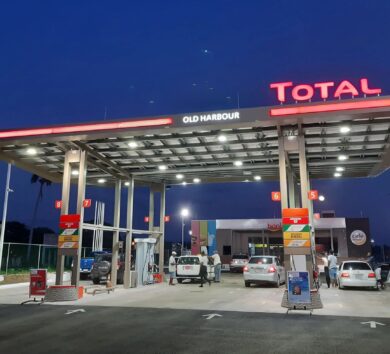


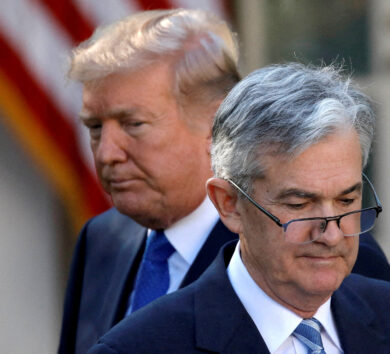

Comments